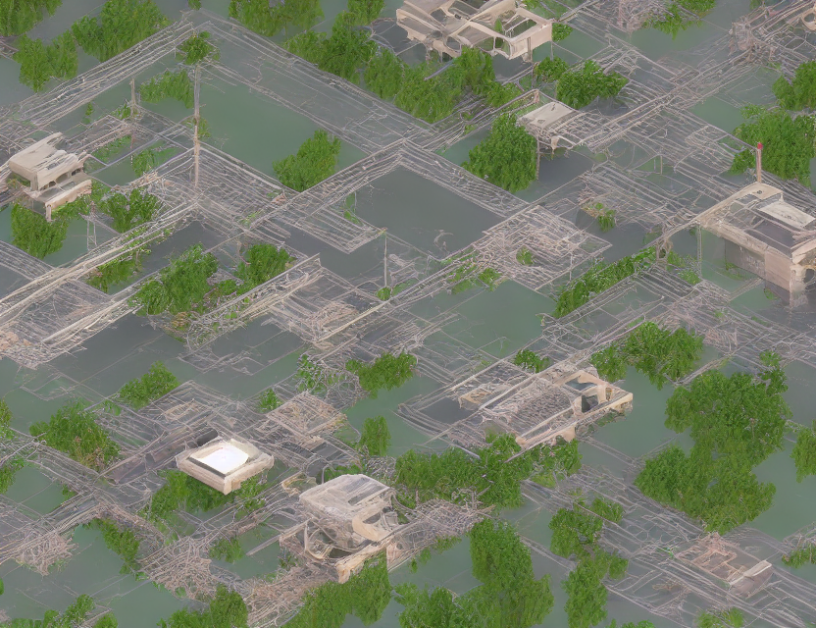LiDAR (Light Detection and Ranging) point clouds are essential for various applications, including autonomous driving, robotics, and mapping. However, reconstructing 3D points from a single frame of LiDAR data is a challenging task, especially when dealing with large datasets. To address this issue, this article proposes a novel deep learning architecture that leverages the state-of-the-art GD-MAE method for single-frame point cloud reconstruction.
GD-MAE and Single-Frame Scenario
Existing methods for LiDAR point cloud reconstruction typically operate on frame-by-frame data, overlooking the valuable information provided by temporally adjacent frames. The proposed architecture, called Sparse Regional Cross-Attention (SRCA), fills this gap by utilizing a Siamese encoder and a WCA module to fuse spatial and temporal information from adjacent frames.
Encoder Design and Fusion Mechanism
The SRCA architecture consists of two main components: the Siamese encoder and the WCA module. The Siamese encoder is used for both current and previous frames, while the WCA module processes the concatenation of their features to capture spatial and temporal dependencies. Variants of the SRCA design are compared in this study, including an asymmetric encoder, Sim-Siam approach, and disconnected encoder.
SRCA Implementation
The Sparse Regional Cross-Attention layer is essentially a cross-attention mechanism where the query comes from the current frame, and the key and value come from the previous frame. The query and key are transformed using absolute positional encoding, followed by multi-head attention. The output of the attention layer is then passed through a linear transformation to produce the final feature vector.
Advantages and Future Work
The proposed SRCA architecture offers several advantages over traditional methods, including improved performance in sparse point cloud scenarios and efficient use of computational resources. However, there are still areas for improvement, such as optimizing the encoder design and exploring different fusion mechanisms. In conclusion, this study demonstrates the potential of single-frame LiDAR point cloud reconstruction using deep learning techniques, paving the way for further research and practical applications in various fields.



